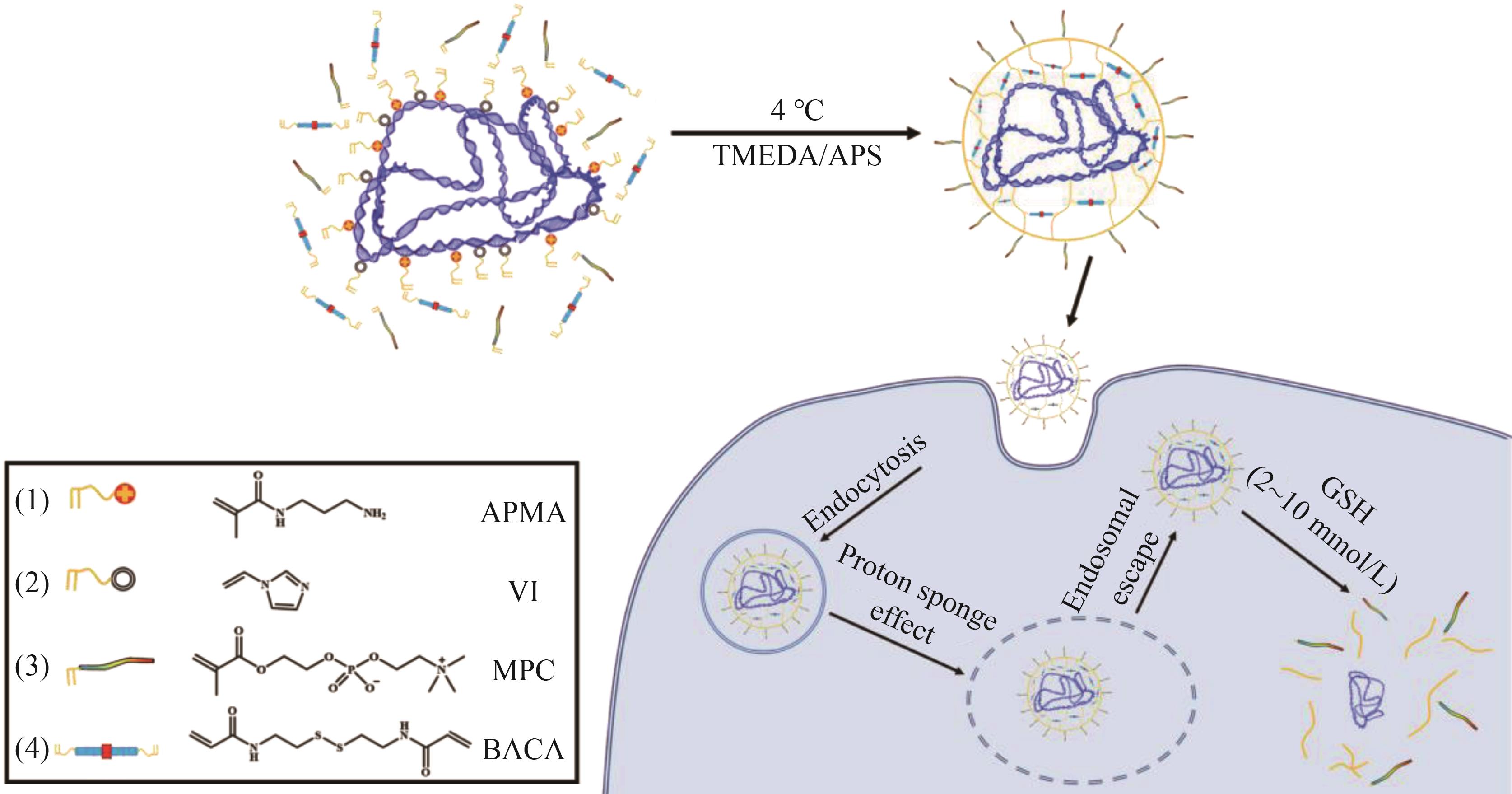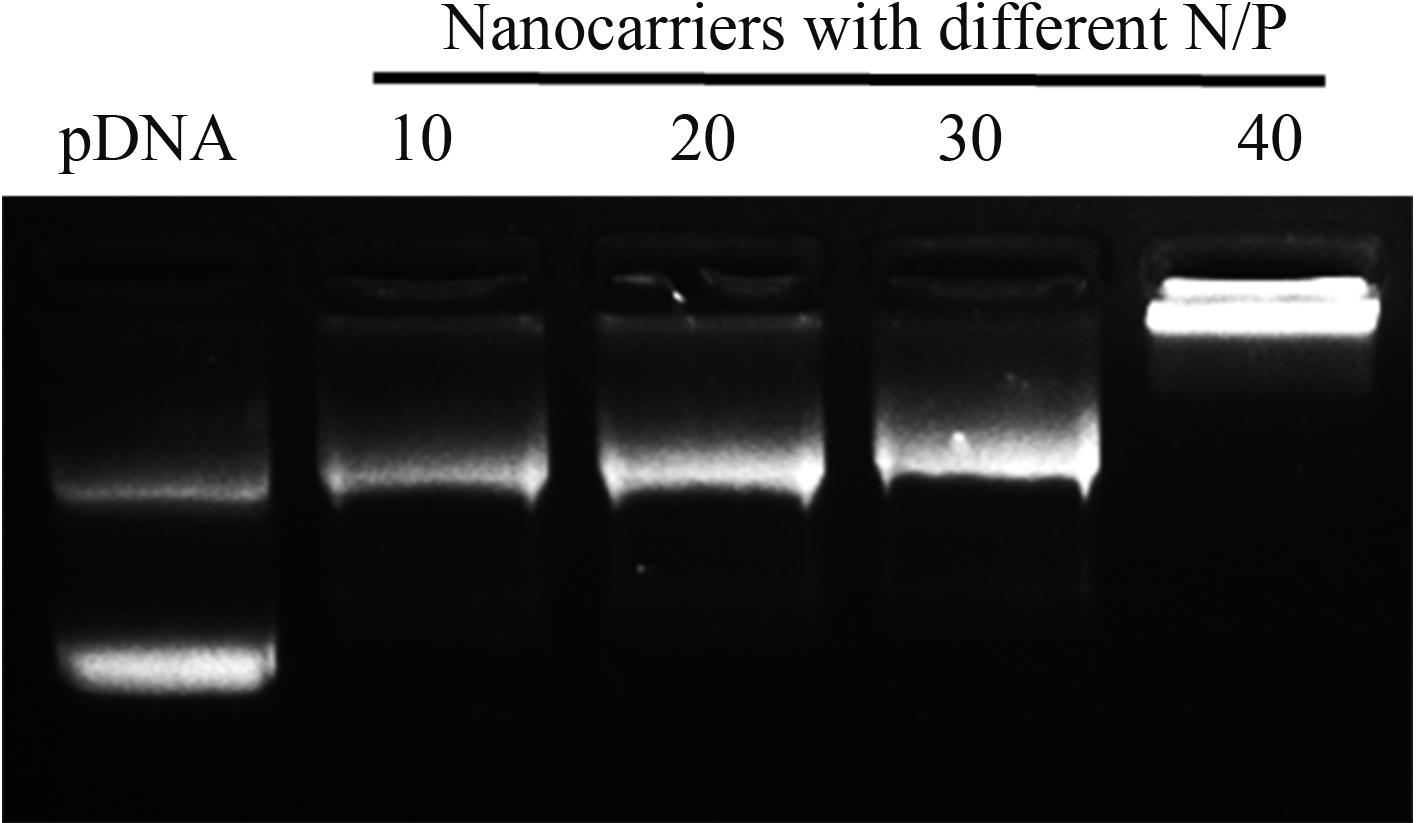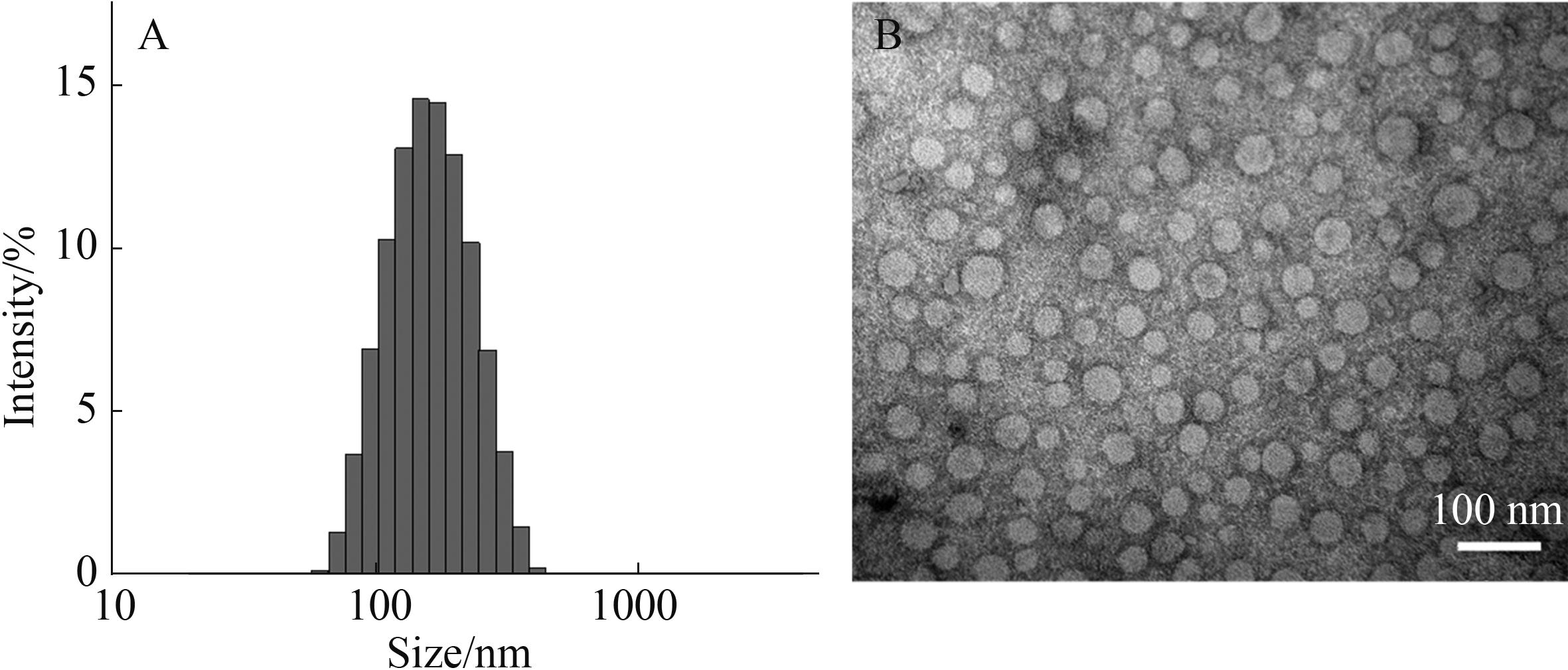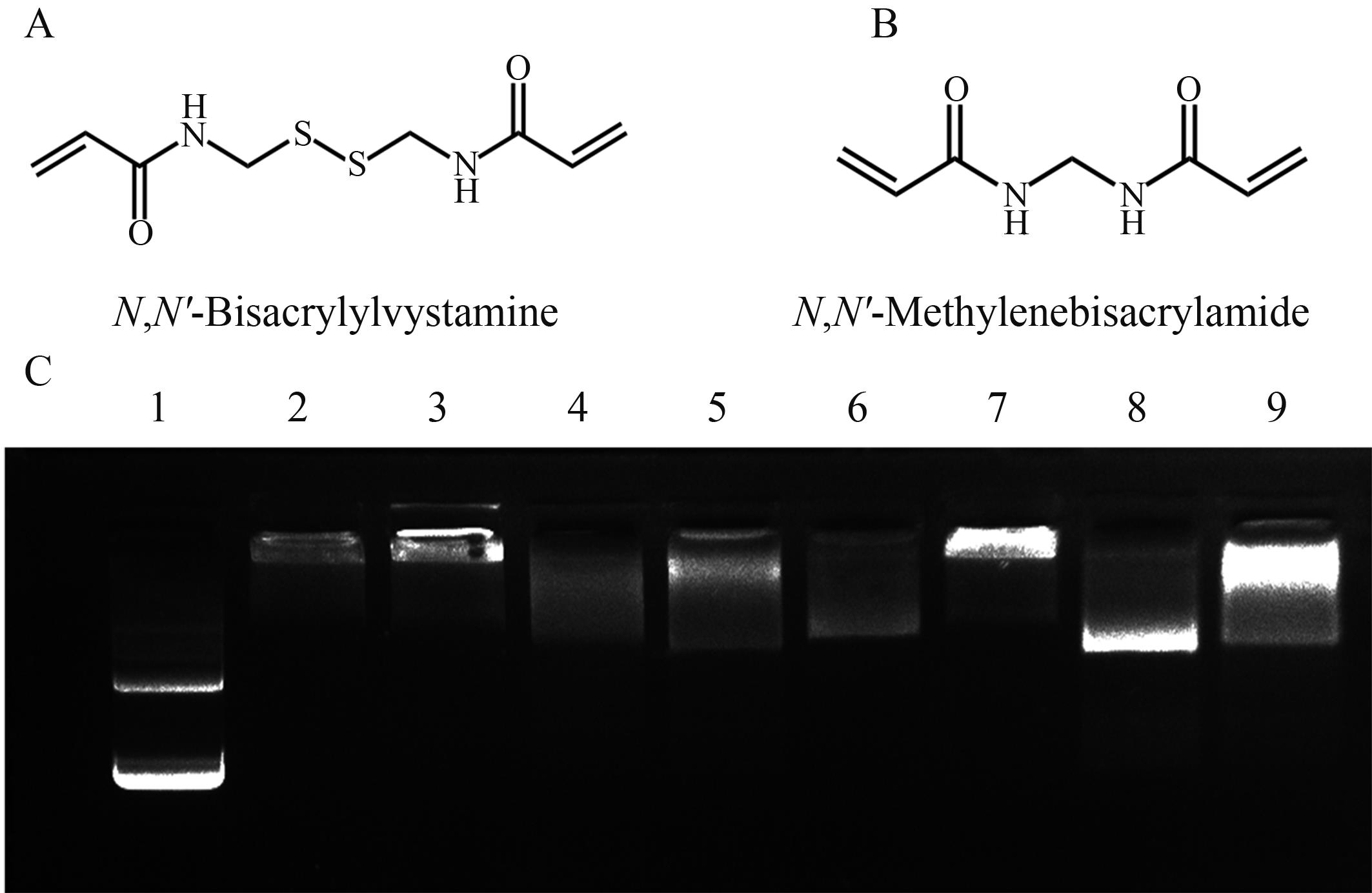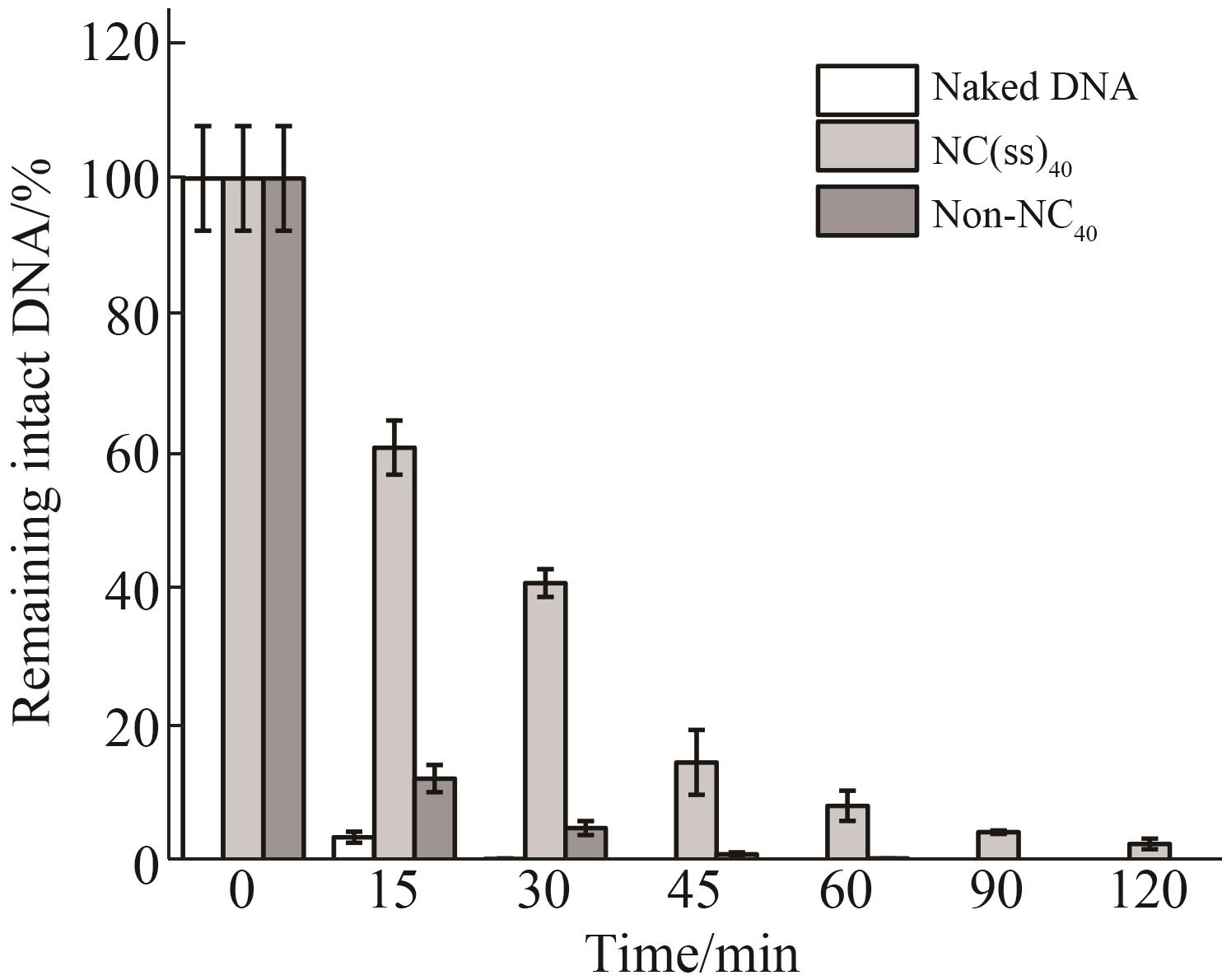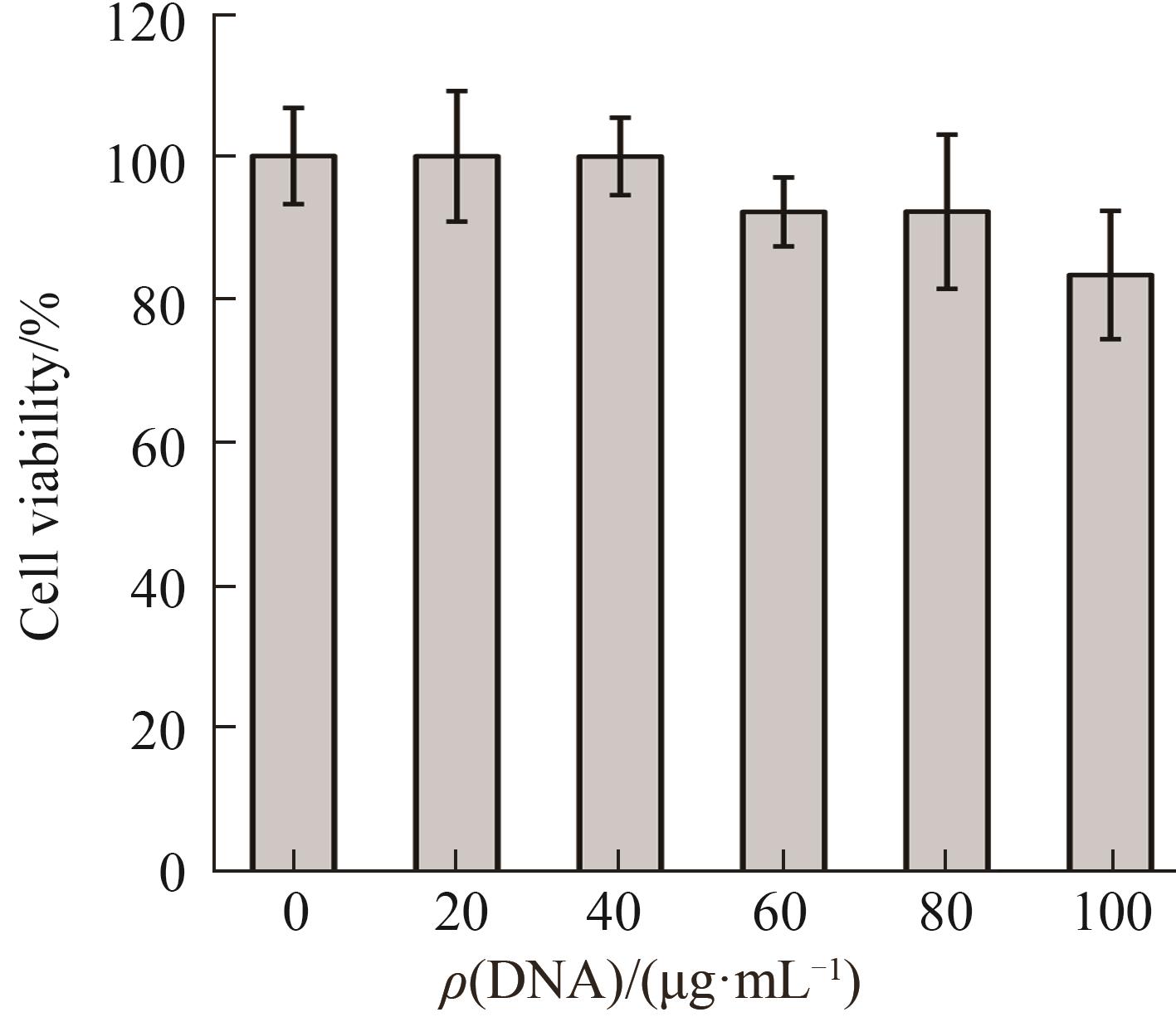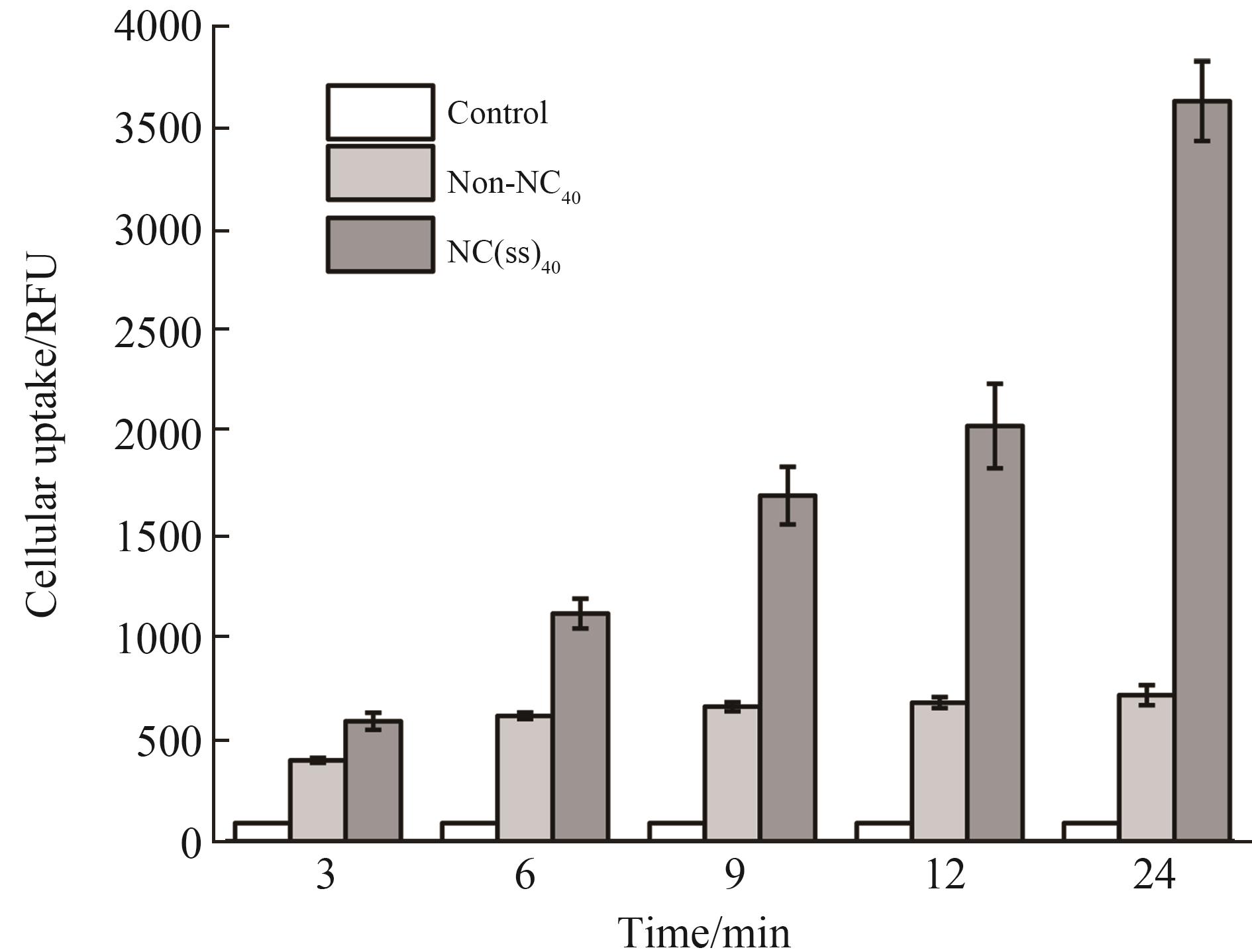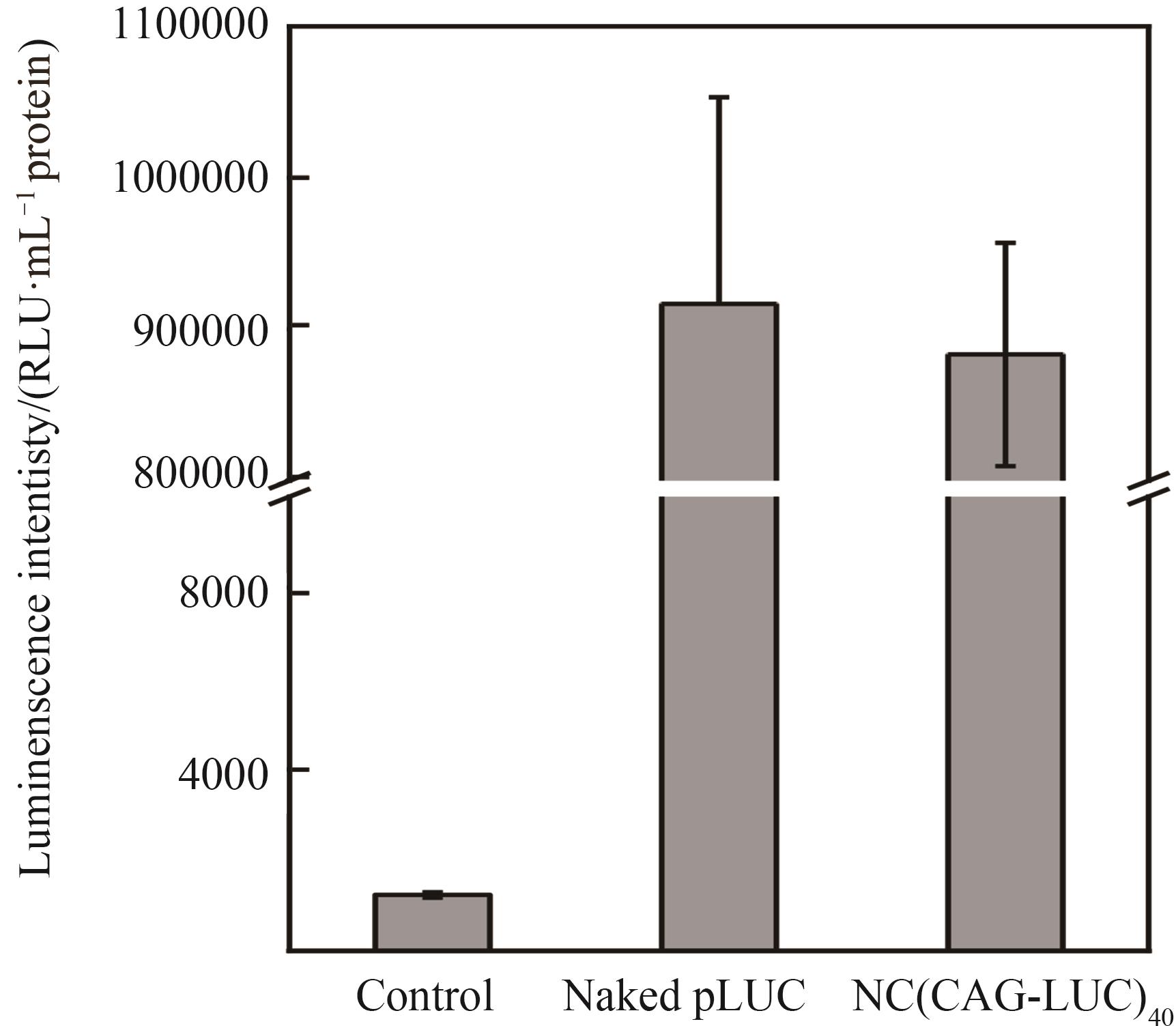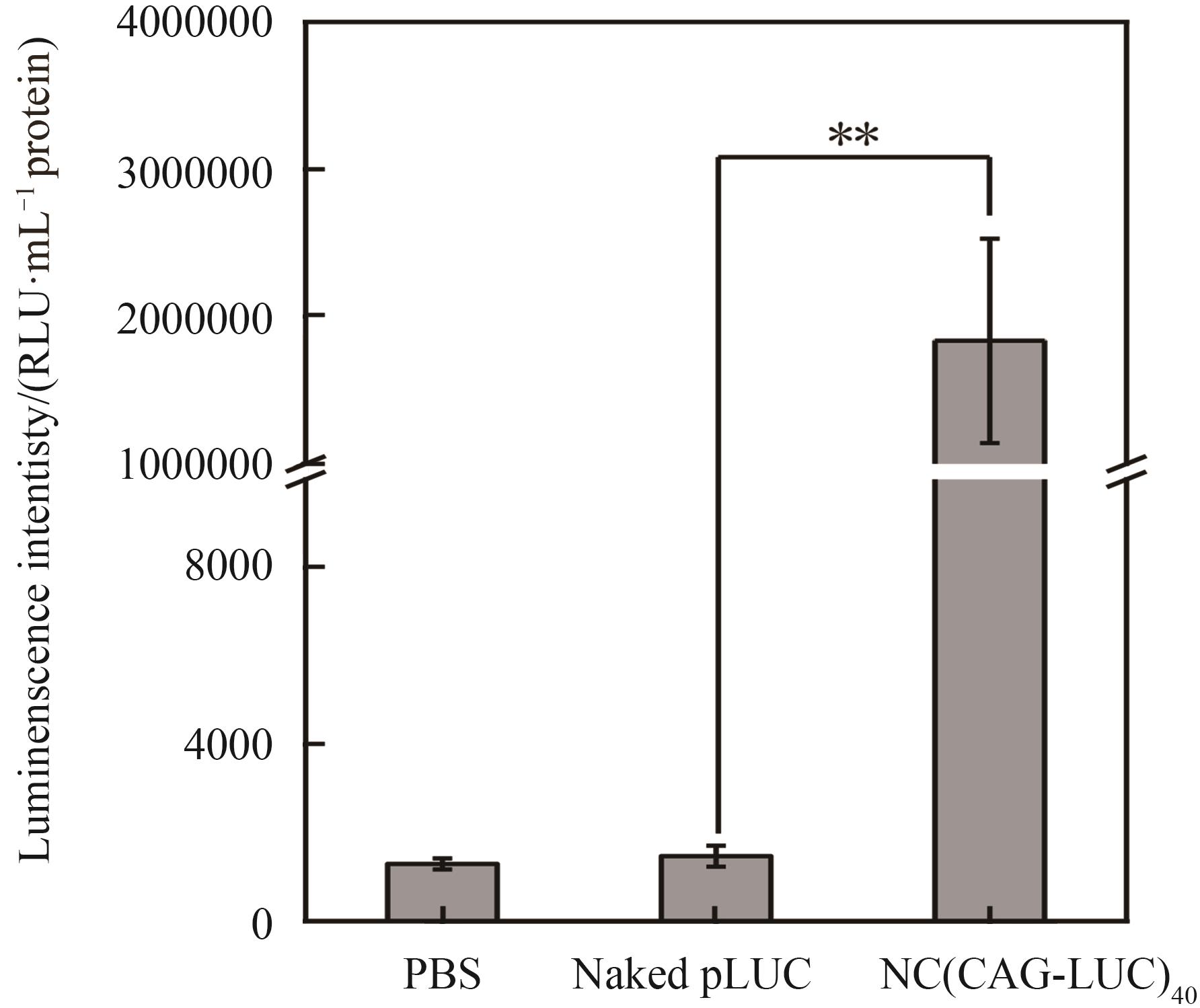| 1 |
韩旭, 丁冠宇, 董青, 等. 基于脂质体的纳米基因载体的研究进展[J]. 应用化学, 2018, 35(7): 735-744.
|
|
HAN X, DING G Y, DONG Q, et al. Research progress of nano-gene carriers based on liposomes[J]. Chinese J Appl Chem, 2018, 35(7): 735-744.
|
| 2 |
HIRKO A, TANG F, HUGHES J A. Cationic lipid vectors for plasmid DNA delivery[J]. Curr Med Chem, 2003, 10(14): 1185-1193.
|
| 3 |
全球基因与细胞治疗相关临床试验统计[J]. 中国科技信息, 2021(12): 6-7.
|
|
Global gene and cell therapy related clinical trial statistics[J]. China Sci Technol Inf, 2021(12): 6-7.
|
| 4 |
CICALESE M P, FERRUA F, CASTAGNARO L, et al. Update on the safety and efficacy of retroviral gene therapy for immunodeficiency due to adenosine deaminase deficiency[J]. Blood, 2016, 128(1): 45-54.
|
| 5 |
MARKTEL S, SCARAMUZZA S, CICALESE M P, et al. Intrabone hematopoietic stem cell gene therapy for adult and pediatric patients affected by transfusion-dependent β-thalassemia[J]. Nat Med, 2019, 25(2): 234-241.
|
| 6 |
THOMPSON A A, WALTERS M C, KWIATKOWSKI J, et al. Gene therapy in patients with transfusion-dependent β-thalassemia[J]. N Engl J Med, 2018, 378(16): 1479-1493.
|
| 7 |
MCERLEAN E M, MCCRUDDEN C M, MCCARTHY H O. Delivery of nucleic acids for cancer gene therapy: overcoming extra-and intra-cellular barriers[J]. Ther Deliv, 2016, 7(9): 619-637.
|
| 8 |
FARMER Z L, KIM E S, CARRIZOSA D R. Gene therapy in head and neck cancer[J]. Oral Maxil Surg, 2019, 31(1): 117-124.
|
| 9 |
MORILLE M, PASSIRANI C, VONARBOURG A, et al. Progress in developing cationic vectors for non-viral systemic gene therapy against cancer[J]. Biomaterials, 2008, 29(24-25): 3477-3496.
|
| 10 |
TEMPLETON N S. Cationic liposome-mediated gene delivery in vivo[J]. Biosci Rep, 2002, 22(2): 283-295.
|
| 11 |
LIN G, LI L, PANWAR N, et al. Non-viral gene therapy using multifunctional nanoparticles: status, challenges, and opportunities[J]. Coordin Chem Rev, 2018, 374: 133-152.
|
| 12 |
王嫱, 张琳, 陈赛娟. 基因治疗: 现状与展望[J]. 中国基础科学, 2017, 19(4): 21-27.
|
|
WANG C, ZHANG L, CHEN S J. Gene therapy: current situation and prospect[J]. China Basic Sci, 2017, 19(4): 21-27.
|
| 13 |
WILSON J M. Lessons learned from the gene therapy trial for ornithine transcarbamylase deficiency[J]. Mol Genet Metab, 2009, 96(4): 151-157.
|
| 14 |
ILARDUYA C, YAN S, NEJAT DÜZGÜNE. Gene delivery by lipoplexes and polyplexes[J]. Eur J Pharm Sci, 2010, 40(3): 159-170.
|
| 15 |
GU Z, YAN M, HU B, et al. Protein nanocapsule weaved with enzymatically degradable polymeric network[J]. Nano Lett, 2009, 9(12): 4533-4538.
|
| 16 |
姜中雨, 刘仪轩, 冯祥汝, 等. 功能性聚氨基酸纳米凝胶[J]. 功能高分子学报, 2019, 32(1): 13-27.
|
|
JIANG Z Y, LIU Y X, FENG X R, et al. Functional polypeptide nanogels[J]. J Funct Polym, 2019, 32(1): 13-27.
|
| 17 |
LIU Y, GOEBL J, YIN Y. Templated synthesis of nanostructured materials[J]. Chem Soc Rev, 2013, 42(7): 2610-2653.
|
| 18 |
WU Y, NG D Y W, KUAN S L, et al. Protein-polymer therapeutics: a macromolecular perspective[J]. Biomater Sci, 2015, 3(2): 214-230.
|
| 19 |
PELEGRI-O′DAY E M, LIN E W, MAYNARD H D. Therapeutic protein-polymer conjugates: advancing beyond PEGylation[J]. J Am Chem Soc, 2014, 136(41): 14323-14332.
|
| 20 |
VITTORIO O, COJOC M, CURCIO M, et al. Polyphenol conjugates by immobilized laccase: the green synthesis of dextran-catechin[J]. Chem Phys, 2016, 217(13): 1488-1492.
|
| 21 |
CHEN G, ABDEEN A A, WANG Y, et al. A biodegradable nanocapsule delivers a Cas9 ribonucleoprotein complex for in vivo genome editing[J]. Nanotechnol, 2019, 14(10): 974-980.
|
| 22 |
LIU C, WEN J, MENG Y, et al. Efficient delivery of therapeutic miRNA nanocapsules for tumor suppression[J]. Adv Mater, 2015, 27(2): 292-297.
|
| 23 |
韩旭, 张留伟, 张强, 等. 活性氧响应的新型阳离子共聚物构建及其基因递送性能研究[J].化学学报,2021, 79(6): 9.
|
|
HAN X, ZHANG L W, ZHANG Q, et al. Construction of a novel reactive oxygen species-responsive cationic copolymer and its performance in gene delivery[J]. Acta Chim Sin, 2021, 79(6): 9.
|

 ), Qi-Xian CHEN(
), Qi-Xian CHEN( )
)
